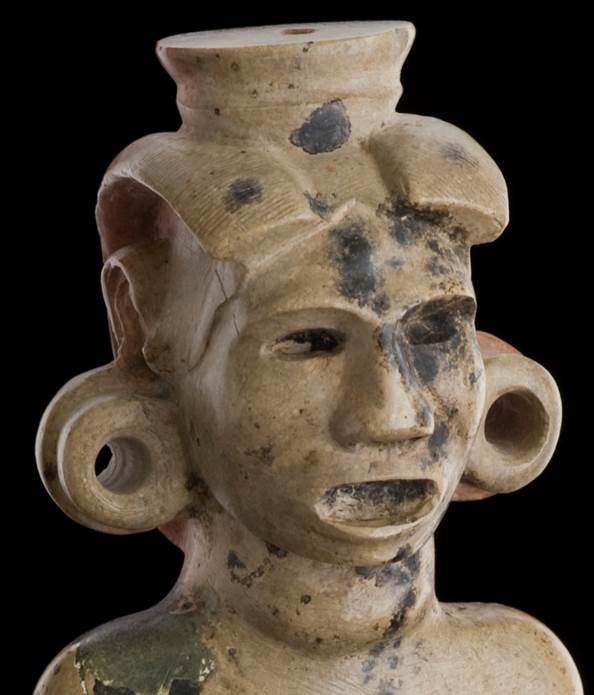This morning, the Dispatch Science Facebook page included the following post regarding the story about the new radiocarbon dates for the Adena Mound: “What does it matter? Who really cares? When discussing this week’s Science section centerpiece, someone asked me why it matters that researchers recently were better able to date the Adena Mound in Chillicothe. Who really cares?”
Who really cares?”
Here was the response: “Lots of people. Better dating the mound better dates the people who built it. Better dating both of those things gives us a better understanding of this incredible ancient culture that called Ohio home.”
That’s a good answer, but I want to add something from my own perspective. History is a complicated sequence of interconnected events that follows a trajectory — the arrow of time. In his poem, “Passage to India,” Walt Whitman compared the past — “the dark, unfathomd retrospect” — to “a projectile, formd, impelld, passing a certain line,” while the present was “utterly formd, impelld by the past.” One event influences another in a braided chain of cause and effect. Historians are able to study the social consequences of, for example, the Industrial Revolution, because they understand the sequence of events that followed the development of the steam engine. The rich tapestry of events that took place in Ohio before the introduction of written history is no less historically significant. Scientific dating techniques, such as radiocarbon dating, allow archaeologists to put those events into a sequence. If we are to understand the historical processes that led to the rise of the Hopewell culture from its roots in the preceding Adena culture, we first have to be able to place key events into a reliable chronological framework. The Adena Mound, as the type site of the Adena culture, is an important cultural landmark in Ohio’s past. Knowing it’s relationship, in time as well as space, to the other earthworks in the Scioto Valley will help archaeologists eventually write the history of this important chapter of our past. I guess I can understand why someone might not be able to see the importance of one series of radiocarbon dates for one particular mound. But the importance becomes clearer when it is seen as one point among many that allows archaeologists to follow the trajectory that led to one of the most remarkable cultural florescences in the history of the world.
Brad Lepper